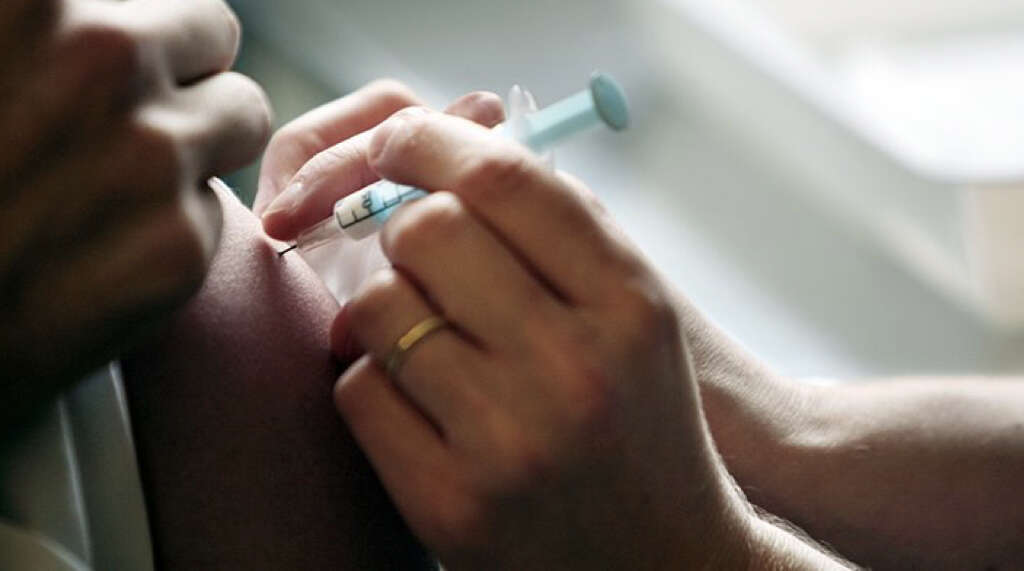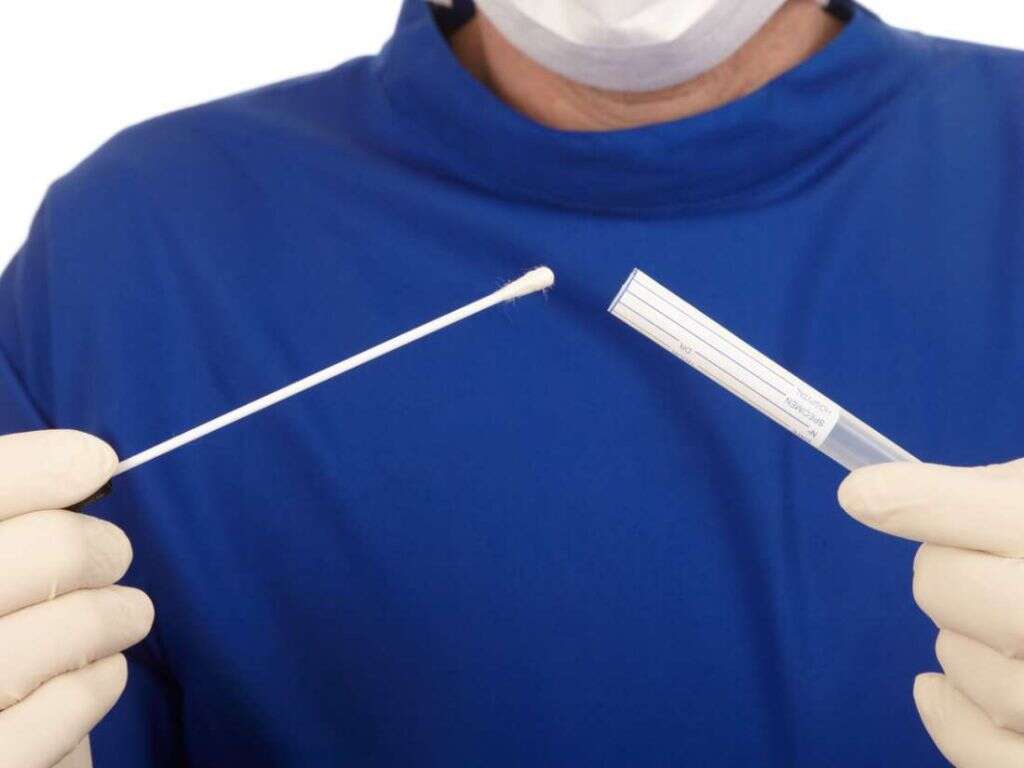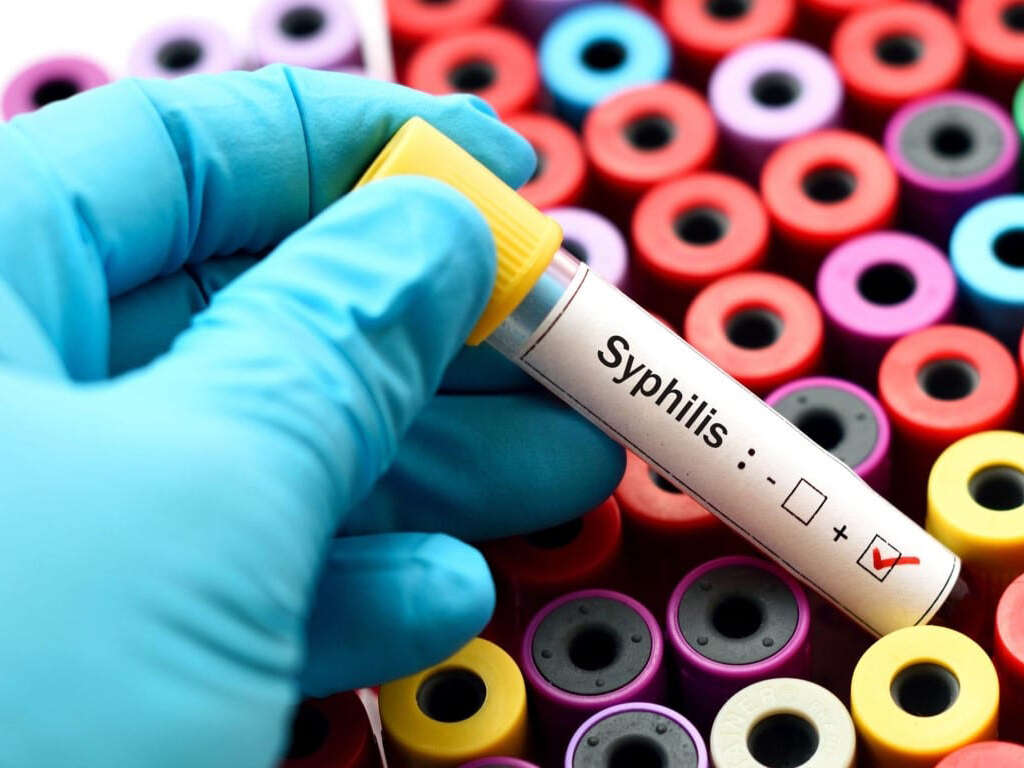What Is Syphilis?
While people should be free to choose their sexual partners, it is also a very good idea to be careful. The act of sex brings people in very close, intimate contact with each other. This makes it all the more likely that pathogens can be passed from person to person.
Sexually transmitted diseases are those that are caught when having sex with an infected person. The severity of the symptoms can range from being mild, to being very dangerous. Many are easy to cure, while some sexually transmitted disease will be with the patient for the rest of their life. Among the most common example of a disease spread by sex is syphilis.
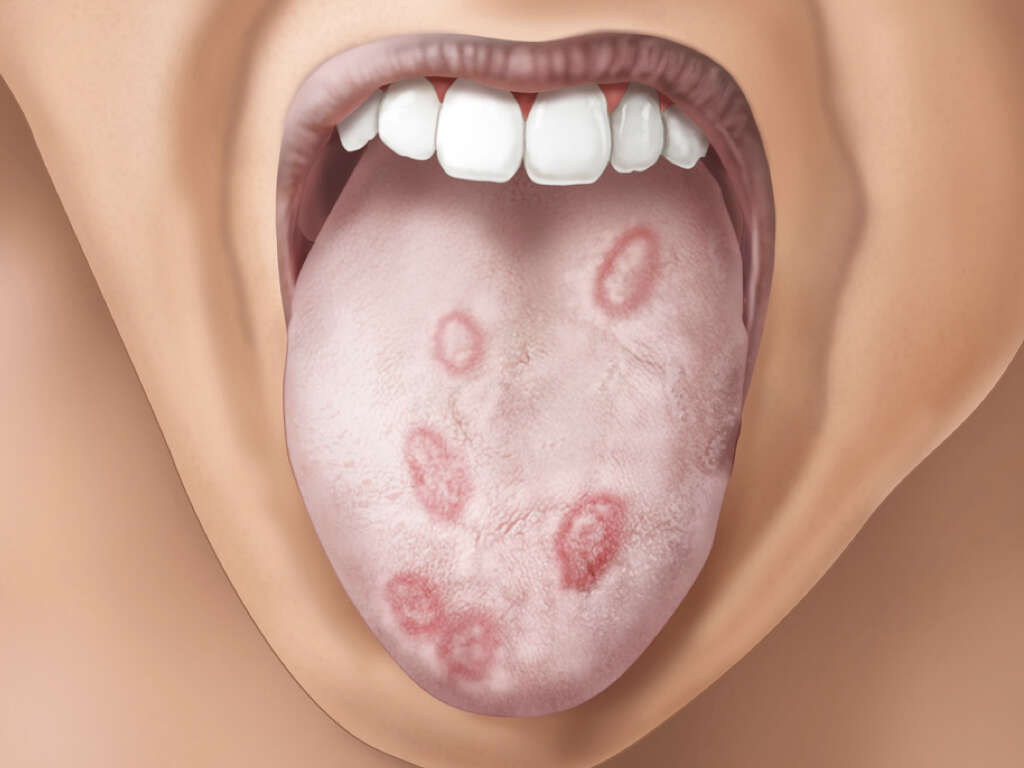
1. Syphilis
Syphilis is a type of sexually transmitted disease. It is spread when somebody comes into contact with the sores that are caused by the infection. It is a variety of bacterial infection, and the bacteria can remain dormant in the body for a long time.
Syphilis is a treatable condition and will usually cause no serious problems for the patient – provided it is treated in time. If it is not treated, however, then it can go on to cause some very serious problems indeed. If you are showing symptoms of syphilis or any other sexually transmitted disease, then you should speak with your doctor as soon as possible.

2. Causes
The bacterium responsible for syphilis is treponema pallidum. As mentioned, the primary method of infection is through sexual intercourse. The bacterium is able to enter into your body in even tiny cuts and scratches, and also through mucus membranes. Sexual contact is not the only method of infection, however.
Somebody with skin abrasions that comes into contact with the lesions of an infected person might also contract the disease. It can also sometimes be passed on to unborn children by their mothers. The disease does not recur once it has been caused, but it is possible to be re-infected again by a different person.
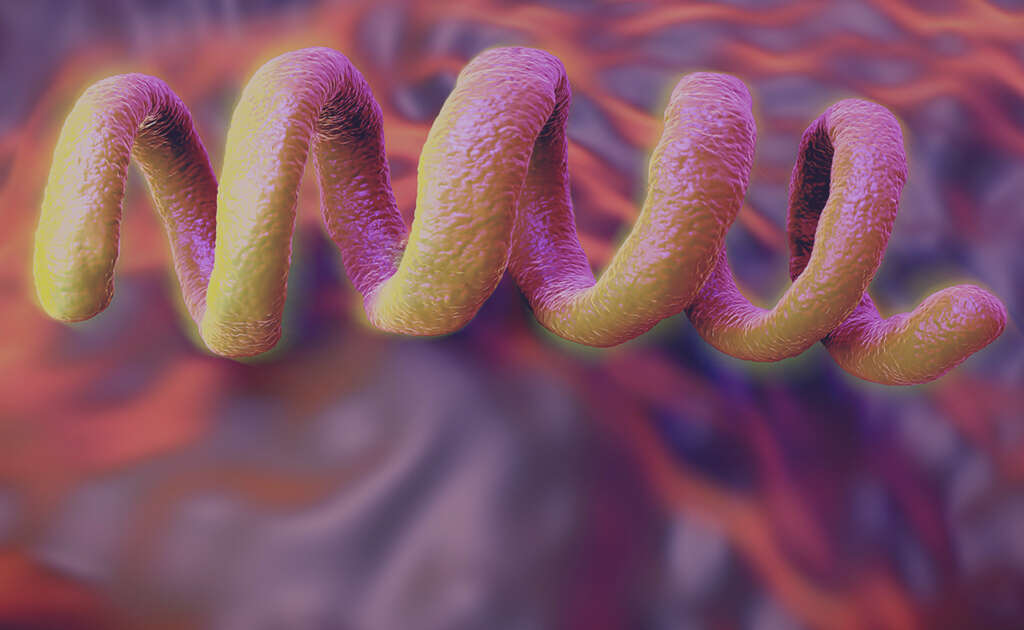
3. Congenital Syphilis
As mentioned, the disease will sometimes be passed on to babies from their mothers when they are still in the womb. The baby will usually have no symptoms when they are born. Others, however, might be born prematurely, and some will be stillborn or will die shortly after being born.
Of those that do survive, some will be born with a rash on their hands and feet. The patient may also go on to develop deformities with their teeth and some can lose their hearing. Saddle nose is another potential symptom, which is when the bridge of the nose collapses.

4. Primary Syphilis
There are different stages of syphilis, the first of which is primary syphilis. The first indicator that somebody has the disease is a chancre, which is a type of small sore. The sores will develop at the point of infection, and they usually take around 3 weeks to appear after the infection occurred.
Most people will only develop one of these sores, while some people will develop several. In many cases, it will go unnoticed because it will be painless and hidden within an orifice. The sore will usually heal in its own around 3 to 6 weeks after it first appeared.

5. Secondary Syphilis
For a few weeks after the chancre has healed, the patient is unlikely to experience any symptoms. After a few weeks, however, they can develop a rash on the trunk of their body. This rash can then travel to the rest of their body. The patients will also sometimes develop warts in the genitals and around the mouth. The rash is not usually itchy, but the patient will also sometimes experience other symptoms.
These include aches and pains, a fever, swollen lymph nodes, a sore throat, and hair loss. These symptoms will sometimes keep on appearing and disappearing for up to a year. The patient will then go into the latent stage which means they have no symptoms. This can last for years, and symptoms will never return in some cases.
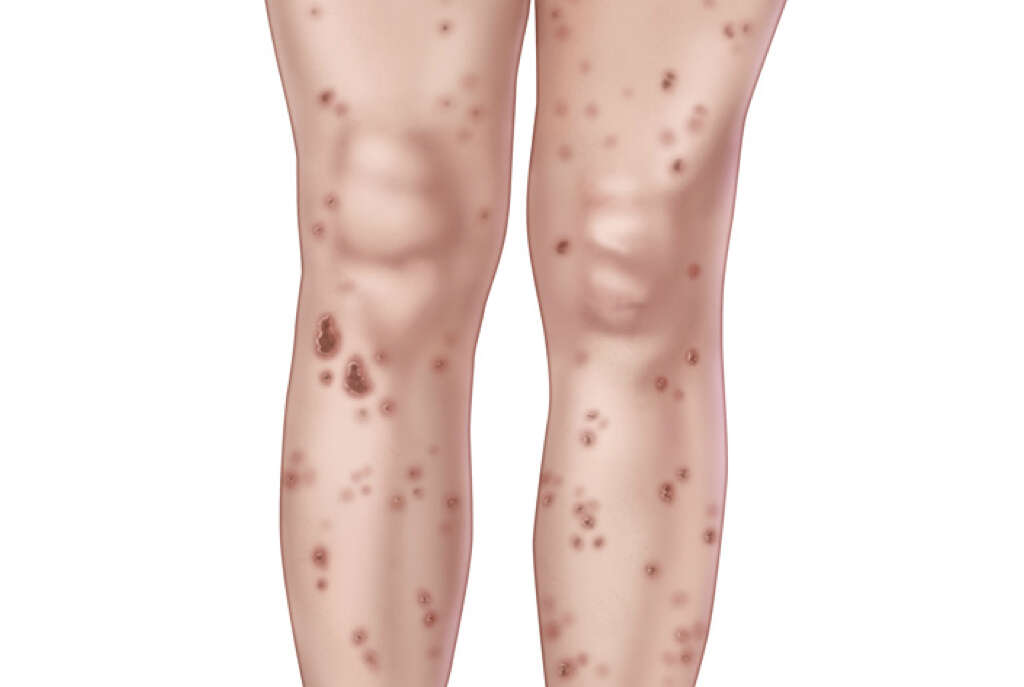
6. Tertiary Syphilis
When symptoms do return after the latent stage, it is known as the tertiary stage, and also as the late stage. This will happen to around 15 to 30% of people that have been infected but have not had treatment. It can happen years after the initial infection took place.
The symptoms of tertiary syphilis are going to be a lot more serious than in the other stages. In this stage, the patient can experience damage to their eyes, blood vessels, joints, heart, and even their brain. Neurosyphilis can also develop, which is damage to the nerves and central nervous system.
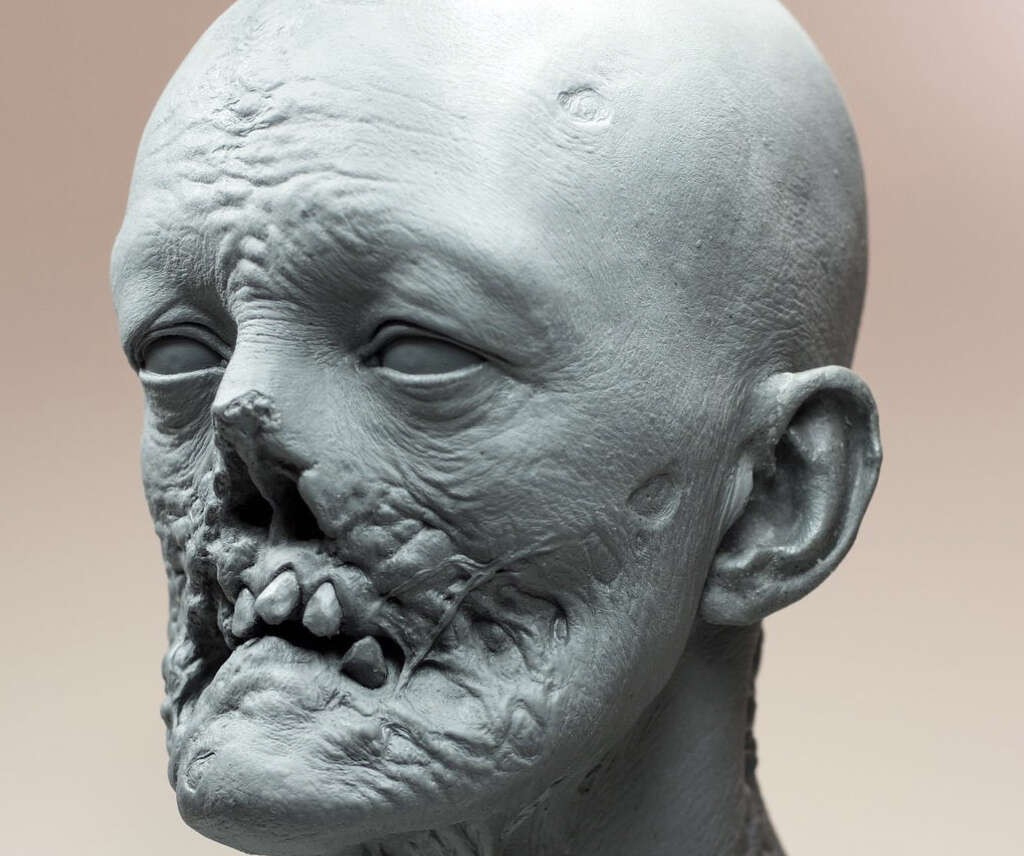
7. Complications
As well as the symptoms mentioned, syphilis can also cause some other severe complications. One of these complications is bumps or holes known as gummas that can develop on the body. While they can be treated with antibiotics, these gummas will sometimes cause permanent and serious damage.
Neurological problems can cause the patient to experience headaches, visual problems, and dementia, among other things. The patient can lose their eyesight and hearing altogether, while meningitis and strokes are also possible complications. Having syphilis will also increase somebody’s chances of contracting HIV when exposed to the virus. As mentioned, pregnant mothers with syphilis can also pass it onto their unborn children.

8. Risk Factors And Prevention
People that are most at risk of contracting syphilis are those that are promiscuous, and unlikely to use protection. People that already have HIV are also more likely to catch syphilis. Using protection and having fewer sexual partners is one way to help reduce your chances of catching the disease.
There is also a link between the disease and people that use recreational drugs and alcohol. This is because people using substances are more likely to be careless. Many people with syphilis will never show symptoms, so it is not possible to tell somebody has the disease just by how healthy they appear.

9. Diagnosis
Your doctor will likely want to perform a brief physical exam to look for sores and other indicators of syphilis. They will also likely want to ask about your medical history, and ask questions about your lifestyle. Tests will need to be performed to help confirm the diagnosis, however.
Blood samples can be taken so the blood can be studied to look for signs of the antibodies that fight the bacterium that causes the disease. A spinal tap procedure may also be performed, which involves taking a sample of fluids from the spine. A spinal tap is carried out of it is suspect that the patient has developed problems with their nervous system.
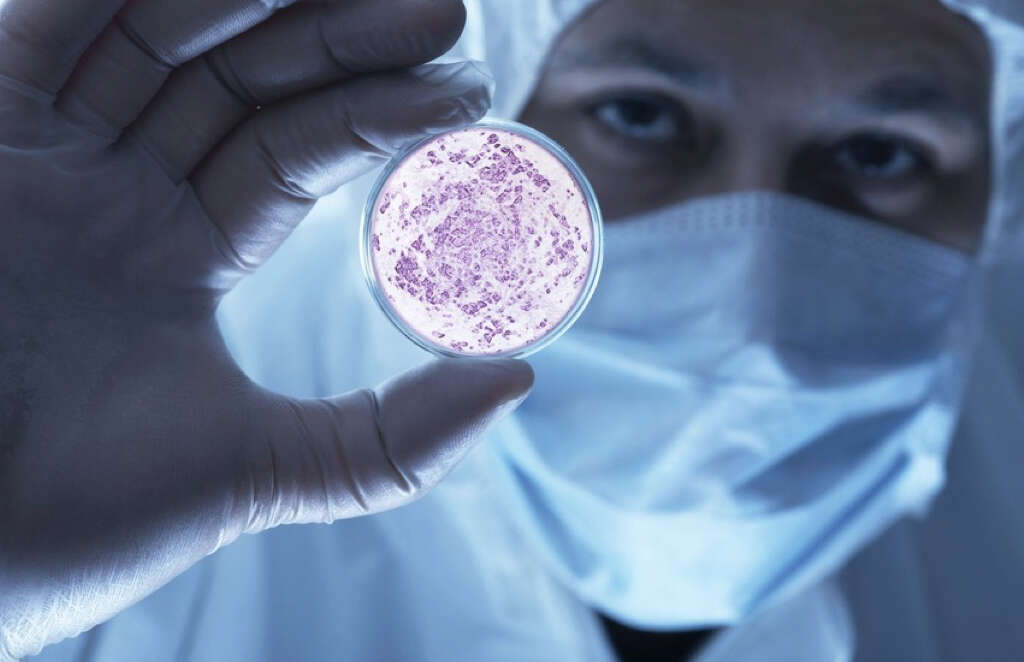
10. Treatment
Although syphilis can be very serious, it can still be easy to cure if it is caught early on. Even penicillin is often enough to cure the disease, but curing the disease will become harder the longer the disease goes untreated. A single injection is often all that’s needed, but more injections are needed if the patient has had syphilis for more than a year.
While penicillin can help to stop further damage, it cannot repair damage that has already been done. Some people will need to be treated for complications that have been caused by the disease. It is also important that the patient contacts sexual partners that may have been exposed to the disease so they can be treated also.
